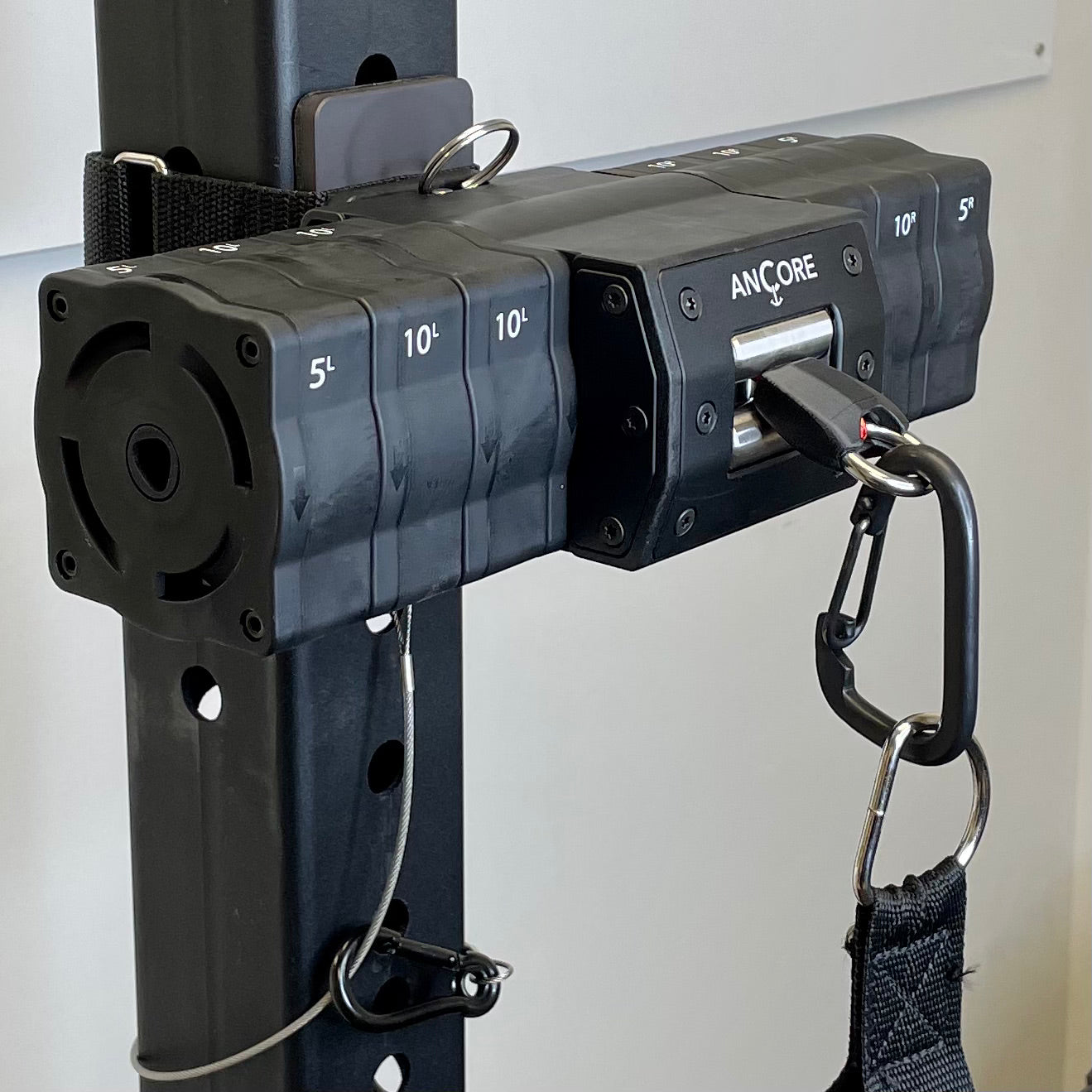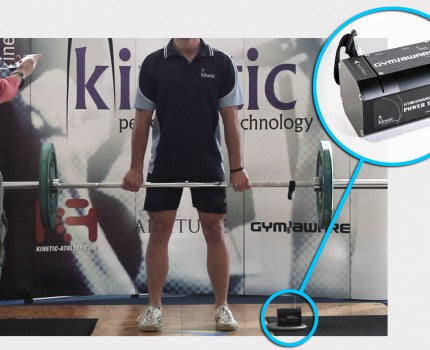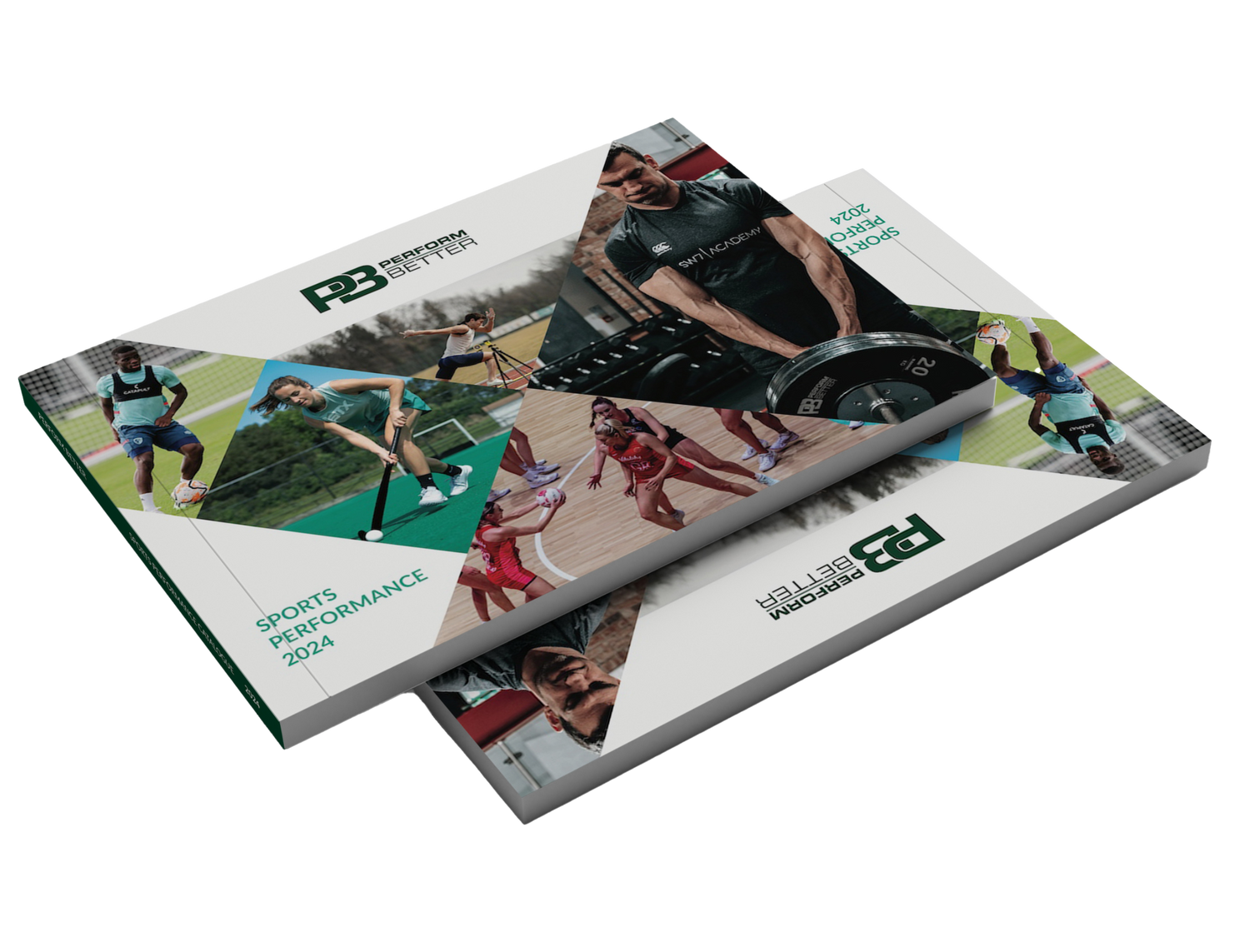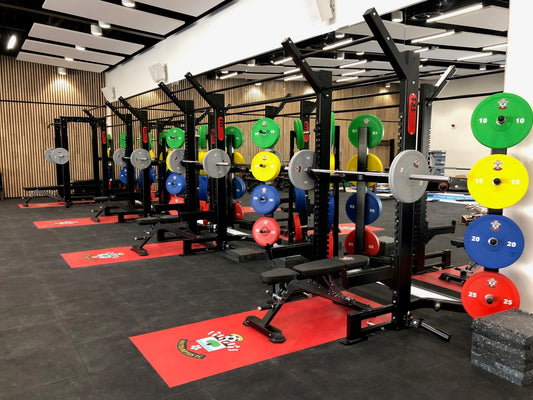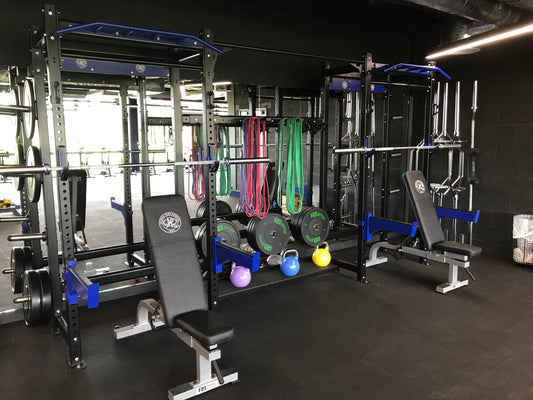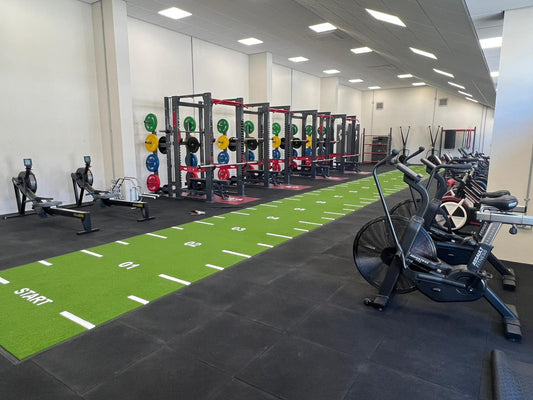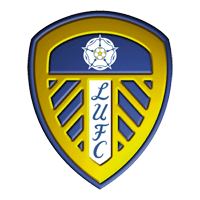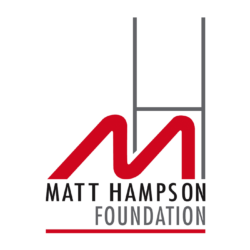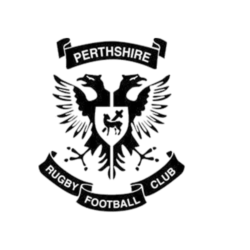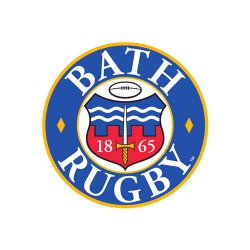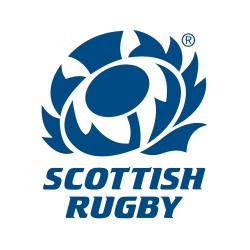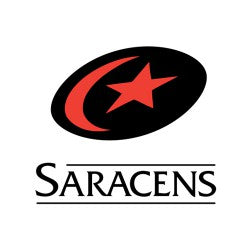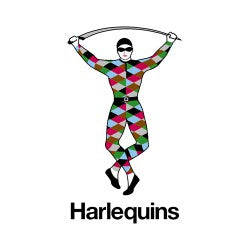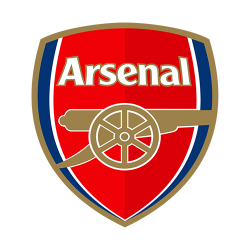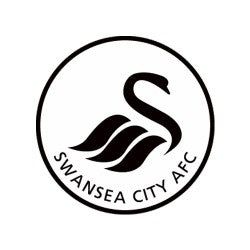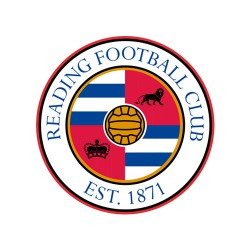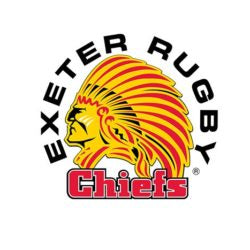During your research you have worked with many S&C practitioners. Has their role within elite sport changed over the last few years?
It’s difficult to generalise the role of an S&C coach in elite sport since individual roles are quite diverse depending on the type of organisation the coach is employed with. Certainly within professional sport there appears to be a growing emphasis on using a range of technologies to quantify training loads and training responses. Similarly many newer coaches to the industry are learning these skills as a matter of course. I put this down to the advent of cheaper technologies for assessing performance, enabling greater access to coaches at all levels.
Where do you see the future of the profession heading?
As above, I can see that with greater access to technologies to more comprehensively measure changes in athletic performance there may be a greater emphasis on this set of skills than previously. However, I have heard many experienced coaches comment that although such technological advances can provide S&C coaches with more information with which to make informed programming decisions, the priority must always remain with getting the basics right and remembering the ‘art of coaching’. That is, measuring change is the first step, but understanding the athlete and the true nature of the change, then applying scientifically sound training principles to elicit more of the changes we’re after is the tricky bit. I feel it will be important for coaches new to the industry not to forget this. It can sometimes be easier to hide behind the numbers without truly understanding them.
In your recent presentation at ASCA you made a number of recommendations to practitioners aspiring to monitor fatigue. Is the move towards more monitoring by S&C’s part of a growing trend within the profession?
It certainly appears that way to me. Almost all the coaches I have interacted with throughout my research place a large emphasis on monitoring fatigue. The lucky ones have students and/or casual/junior staff to do the time consuming number crunching associated with a rigorous monitoring program, allowing them more time to coach, but for a large majority I would say that quantifying training loads and monitoring fatigue takes up a relatively large portion of their available time.
When you started your PhD, you did a lot of validation work comparing various measurement tools, methods and protocols. Why did you feel the need to do your own validation work then? Was there a degree of doubt about the validity of the tools available at that time?
I didn't do any validation work in the traditional sense. Instead I spent a lot of time comparing various instruments to enable me to make decisions about the most appropriate methods to use in my research. The information I considered in making these decisions was the reliability of the test protocols (which includes technical error from the instrumentation along with variability in the performance of the athlete), how many trials I needed to include for valid results, the effect of temperature and time of day on the results, and a number of other practical issues in regards to the using the equipment in the environments I would be working. There were pros and cons with each of the available instruments, so it just came down to which tools would enable me to best gather the information I required to answer my specific research questions.
If a practitioner is considering acquiring performance monitoring technology what would be your top 3 or 4 things to consider in selecting the technology to use?
At the top of my list would be the ease of use. This includes set up, the data collection procedures and most importantly the ability to quickly and easily analyse and interpret the data. Certainly for pure research purposes there are a range of other considerations to be made, but for day to day monitoring where coaches and athletes need/expect feedback in a minimum time frame, easy to use software that provides user friendly reports is a huge bonus. Accuracy and validity are of course extremely important, but I think that is a given.
In your presentation you recommended that practitioners “Monitor mean power, jump height, peak velocity and/or eccentric displacement as they are most sensitive to fatigue induced by deliberate overreaching”. What do you see as the key benefit(s) to monitoring fatigue and recovery in your athletes?
I feel there a two perspectives from which practitioners monitor fatigue and recovery, and the way in which the monitoring and analysis is done is largely dependent upon which perspective they are coming from. From my experience it seems that coaches involved in professional sports are more particularly interested in monitoring the recovery of physical capacities following a match, so that decisions can be made from day to day as to how best prepare them for a subsequent match the following week.
Of course this is hugely important for allowing these athletes the opportunity to perform at their best week in and week out during long competitive seasons. The other perspective, which my research has focused on, is centered on training periods where large amounts of fatigue are deliberately induced in order to achieve a super-compensation effect. This is typical of a pre-season period in team sports, or during specific phases in other sports where there are only 1-2 important competitions throughout the year for which an athlete is trying to peak.
During these periods of high volume or intensified training, there is often a fine line between the optimal amount of training for inducing a super-compensatory effect and too much training, which can result in over-training. Closely monitoring individual fatigue responses during such periods may assist coaches in decision-making regarding how much load an athlete can cope with before an over-trained state is reached. I’ve used vertical jumps to help provide key information in this area with pretty good results so far.
For the latest on Perform Better, follow us on Facebook, Instagram or Twitter
